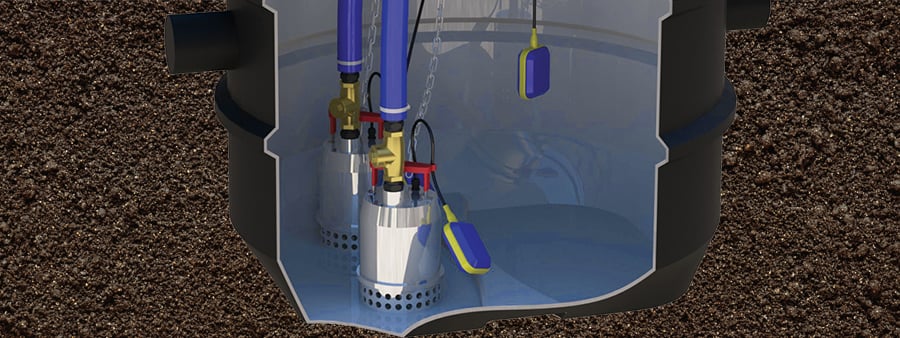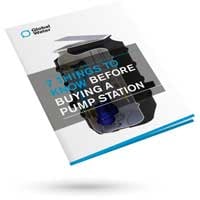How Duty Assist Pump Configurations are Boosting Efficiency and Cutting Costs


Our Blog
Read about the latest news and innovations at Global Water



Read about the latest news and innovations at Global Water

Pump stations are crucial components that help to pump and transport sewage, wastewater, and stormwater from low-lying areas to higher elevation areas where it can be treated and disposed of safely. However, maintaining pump stations' optimal performance is not an easy task. They can experience issues such as blockages, equipment failures, and power outages.

Furthermore, balancing the risk of system failure with commercial buying and running costs can often make the difference between a project going ahead or not.
For these reasons a duty assist pump configuration is an optimum feature of pump stations. This can help to mitigate these issues and ensure the efficient and safe functioning of the pump station.
A duty assist setup refers to the practice of using multiple smaller pumps in a system working together to achieve an overall discharge flow. It is common to find two or more duty assist pumps, because more pumps in the station offers a number of benefits, including providing backup in case of failure, allowing larger volumes of fluid to be discharged, enabling maintenance to be performed without interruption, and resulting in more cost-effective operation.
A duty assist pump configuration is most often used in stormwater pump stations where the inflow is high, but the impact of pump failure is medium to low. In other words, when the pump station inflow exceeds the pump discharge (for example, after a heavy rain), or when a pump fails, the result is acceptable. An example would be pump failure resulting in wet pavement/lawn.
When the impact of pump failure is high risk (such as flooding a basement), a standby configuration may be preferable.
A duty assist pump setup is an efficient feature of cost-effective pump stations that provides favourable cost consideration while minimising the risk of pump failures and blockages. Pump station operators should ensure that their duty/assist systems are adequately maintained and tested regularly to ensure reliability and effectiveness.
If you have an upcoming project that requires a sewage or stormwater pump station, get in touch with our team of experts. They can advise on best practice and ensure you are selecting the most reliable, durable and cost-effective solution for your project.
Tags: Polyethylene pump stations, Stormwater, Concrete pump station, Pump stations configurations
Discover everything there is to know before buying a pump station in our eBook download. Gain insights into the selection process, understand and be able to answer technical questions and learn about the different varieties on offer.

Looking for industrial and mining pumps?
Visit Global Pumps
12 Selgar Avenue Tonsley
South Australia 5042